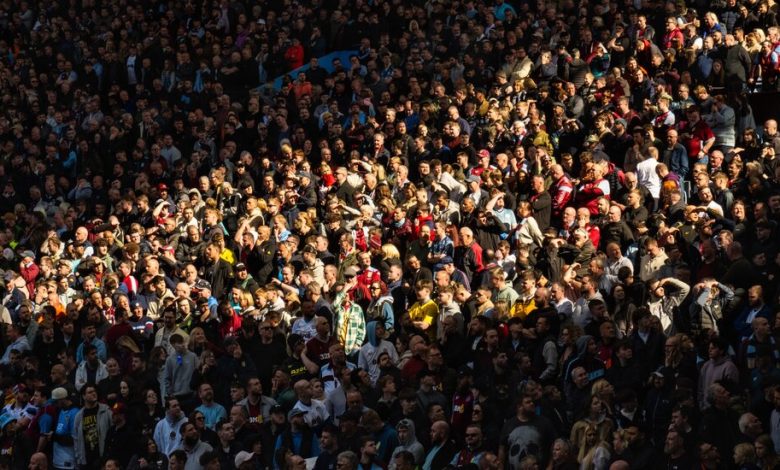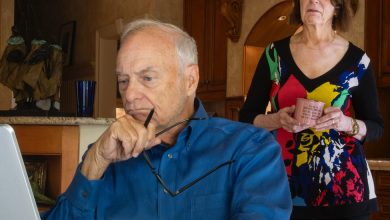When a Bunch of Bloody Yanks Came for English Soccer

In the first half of a January game at Stamford Bridge, the London stadium where the Chelsea Football Club has played since its founding in 1905, seven well-groomed spectators in green velvet jackets stood up together from their seats behind the substitutes’ bench as players raced up and down the field in front of them. They pulled out books and began to read. Then they all brushed their teeth.
Listen to this article, read by Robert Fass
The publicity stunt turned out to be a promotion for the film “Argylle,” which would be released a few weeks later. The use of a Premier League game in a packed stadium as the backdrop was criticized in the English media as yet another transgression by Todd Boehly, an American investor and the most prominent figure among Chelsea’s owners. Boehly, who also owns a sizable piece of the Los Angeles Dodgers, probably saw it as simply another way to generate revenue — no different than putting advertising on shirt fronts, which English clubs have been doing since the 1970s — and something that would be considered part of the spectacle of sports in America.
In England, though, many fans perceived it as the further desecration of a cornerstone of national culture: a soccer club’s being treated as an investment to be exploited by a gauche American owner. “That may be fine in U.S. sports,” Pat Nevin, a popular Chelsea player in the 1980s who worked for the club until the end of last season, told me. “But to a football fan, that hurts.” A few months after leaving Chelsea, Nevin went on the BBC to warn against the prospect of adopting a popular feature at many American sports venues. “I told them, ‘No, no, don’t do a Kiss Cam,’” he says. “ ‘Such a small thing, but you can’t imagine the reaction you’re going to get.’”
The unabashed attempts to Americanize the English soccer experience range from musical acts as pregame entertainment to the addition of club seats — with waiter service and lounge access — and members-only bars inside stadiums. Later this year, the London club Fulham, which is owned by the Pakistani American businessman Shahid Khan, will unveil a $200 million-plus expansion that includes a stand overlooking the Thames, restaurants curated by a Michelin-starred chef, a street-level produce market and a boutique hotel and spa with an outdoor swimming pool — an attraction also found at the stadium of Khan’s N.F.L. team, the Jacksonville Jaguars. The expectation that such “improvements” mean higher ticket prices led to a fan boycott of a recent game. “People here hold football very, very dearly,” says Nedum Onuoha, who grew up in Manchester and played professionally for several English clubs, before moving to Real Salt Lake in Major League Soccer. “They don’t like change.”
The antecedent to such change occurred in 2005, when the first Americans to buy a Premier League club — Malcolm Glazer and his sons, who owned the N.F.L.’s Tampa Bay Buccaneers — acquired control of Manchester United. Almost immediately, other wealthy Americans set out to get clubs of their own. Nearly all of them already had sports teams in the United States. They figured they could bring their successful business practices to English soccer, which in many ways was stuck in the 1960s. Fans were going to games in decades-old stadiums with hard wooden seats and squalid bathrooms. The fare at concession stands was almost exclusively beer and reheated meat pies.




